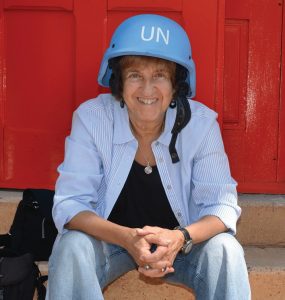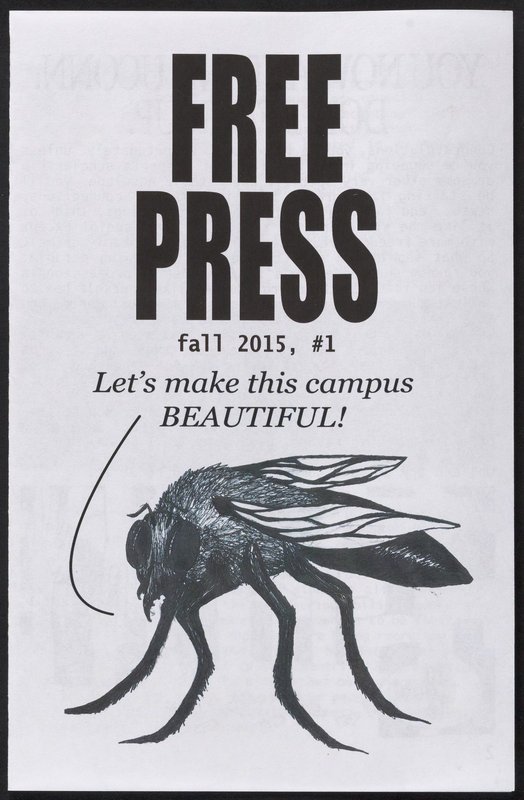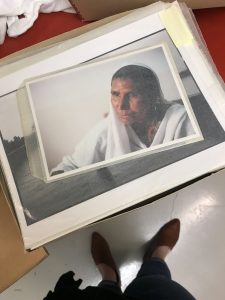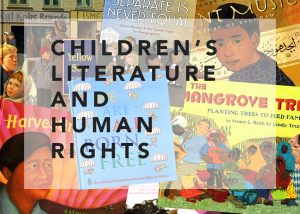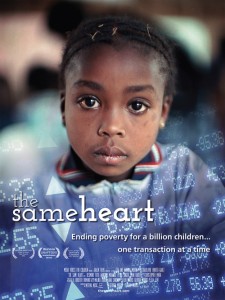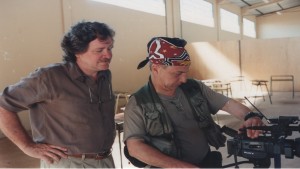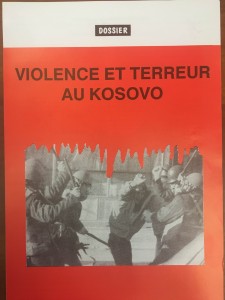This guest post by Archivist Assistant Cristobal Ortega-Berger details his work with the U. Roberto Romano Papers which document child labor in still photography and documentary film. This collection is a massive resource for film makers like Cris, as well as human rights and photo-journalism researchers. Selections from the Romano Papers are on display in May and June of 2016 in the John P. McDonald Reading Room at the Archives & Special Collections.
The unlock tone rang, I inhaled sterile air, and slid the rubber lid off of a box. Silver and dark hard drives line the inside of six boxes; scores of video cassette tapes and DVDs populate the rest. Data storage’s ubiquity almost make me forget these media preserve evidence of child labor, and progress from it. The question I asked on my first day of work is a simple one that archivists alongside humanitarians ask:
“What are we working with here?”
- Roberto (Robin) Romano worked as an international news and documentary producer and photographer. A prolific filmmaker and photographer, Romano worked commercially under Alan Kaplan Studios for private clients like Budweiser, AT&T, and Coca Cola. Romano also worked as a visual journalist for Sept Jours, a Canadian news show, and as a photojournalist for Impact Visuals before he took on his pivotal work Death of the Slave Boy (1997). The two-hour documentary investigated the life and death of Pakistani Iqbal Masih, an outspoken 12 year old child slave and activist.
We are working with files from a well-traveled humanitarian who was as comfortable filming in an illegal quarry as he was researching child labor laws in his cigarette-smoke stained studio.
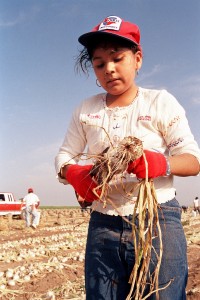
Young American Migrant Farm Worker Picking Onions
Romano ignited his work on global child labor. He soon traveled to Mexico, Pakistan, Kenya, Brazil, Indonesia, India, Nepal, and inside the United States to interview and photograph working children. The result was the beginning of a movement. Romano Productions and Galen Films premiered Stolen Childhoods in New York on May 20, 2005. The same day, Dana Stevens, of the New York Times, wrote about the film “The bleakness of ‘Stolen Childhoods’ is not completely unremitting; the film also celebrates the efforts of a few successful programs to combat the scourge of child labor around the world.”
We are working with a collection of dangerously and meticulously documented voices and faces that changed legislation, and may continue to do so. Romano left behind photos of child laborers, hidden camera interviews with traffickers and victims, filmmaking budgets, working film scripts, and professional correspondences. During the last decades of his life – Romano made professional relationships with non-profit organizations like RugMark, Goodweave, Human Rights Watch, and other humanitarian organizations. RugMark: Faces of Freedom photo exhibition is one of Romano’s signature projects that shatters preconceptions of human, and especially, child trafficking.
My first work as an archivist is on the Robin Romano collection; my background is in documentary visual journalism. At the time I was approached to work on Romano’s collection, I was editing a documentary about human trafficking called Free Time. In it – academics and prominent leaders who tangibly challenge human trafficking explain the problems in understanding what is human trafficking and its forms.
Human trafficking is discussed using an established visual grammar. Films like Taken (2007) show white, adolescent, rich female tourists who are kidnapped to sell for sex work in Eastern Europe. This is not entirely inaccurate, but repeated exposure to this visual pattern allows others to devalue and ignore hundreds of millions of stories like those shown in Stolen Childhoods. Romano’s evidence disproves the single narrative approach of human trafficking, and the single narrative approach to solutions.
I am not going to be the first photographer filmmaker researching Romano’s collection. As a young visual journalist, I am learning about professional workflow by ingesting and archiving documents like a list of questions for a subject, an equipment budget, or a photo contact sheet. Given the gravity of the collection, I have been forced to ask new questions about perspective and agency: how does one reconcile their privilege as a documentarian relating with the subject or interviewee, how does a filmmaker ask a child questions that conjure up memories of skin-peeling work? Will this collection of child labor ever be obsolete in describing contemporary social problems?
Len Morris, Romano’s co-director for Stolen Childhoods and longtime friend donated the majority of Romano’s physical and digital collections to the Archives and Special Collections in 2015. Morris recently premiered The Same Heart, a documentary discussing solutions to child labor, and used many of Romano’s final moving images. Posthumously, Romano’s work may continue to work to educate and challenge ignorance about poverty, policy, prejudice, and profit.
—Cristobal Ortega-Berger

